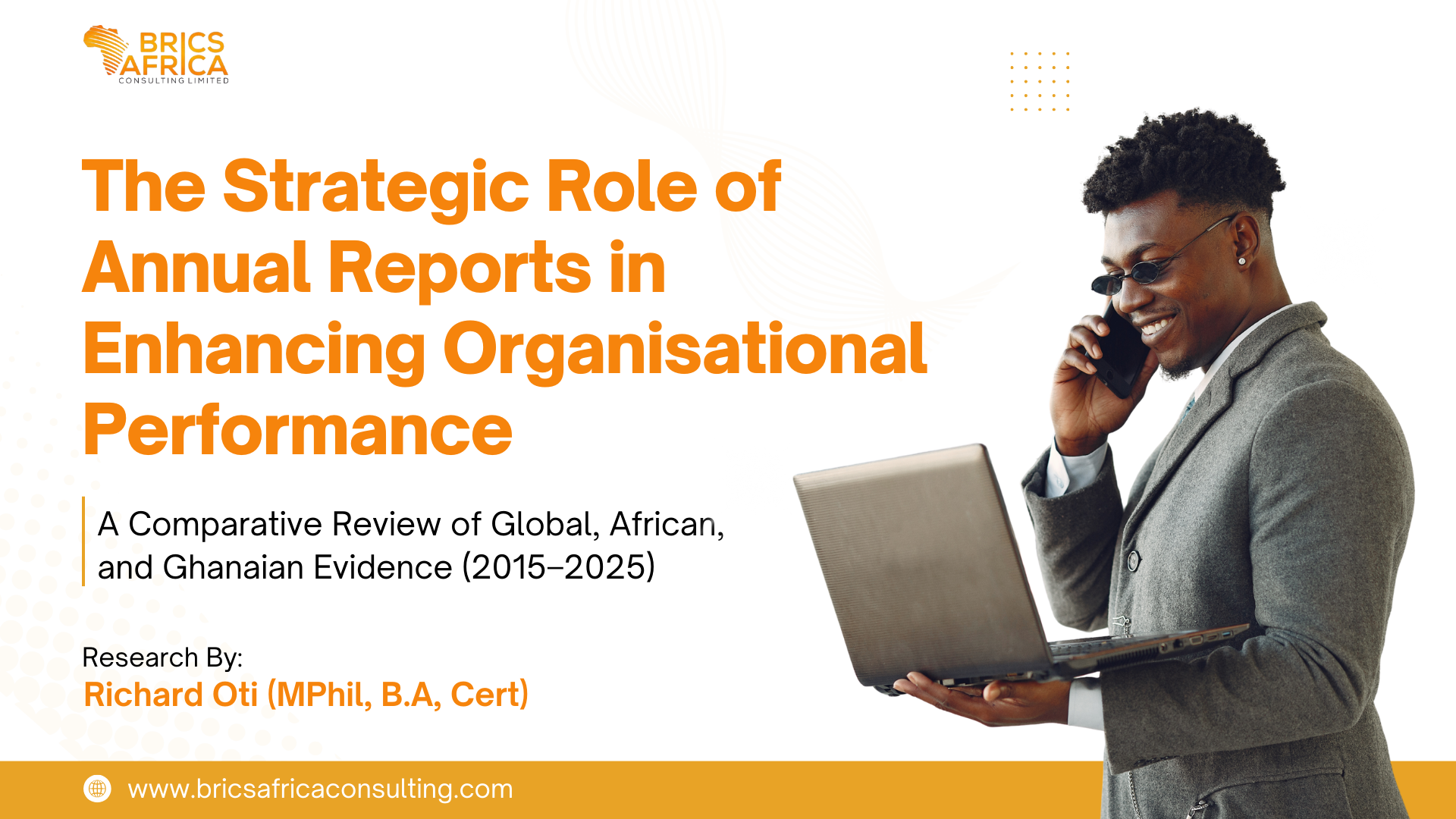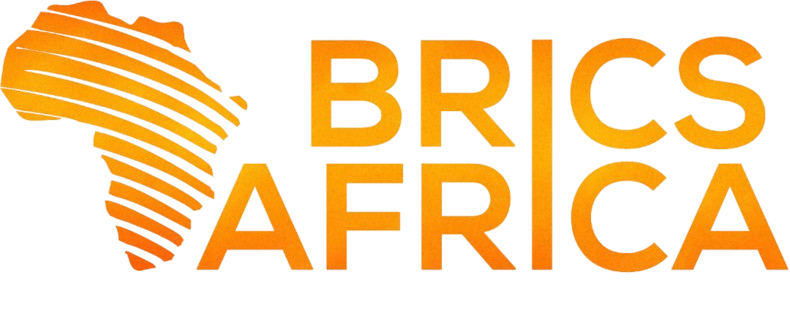Have you ever opened a report, skimmed through a few pages, and thought to yourself: “This doesn’t help me at all”?
If so, you’re not alone. Across organizations, from startups to large corporations, reports are produced daily. They’re meant to inform, persuade, and guide decisions. Yet, the uncomfortable truth is that most reports don’t do any of these things well.
Instead of clarifying a strategy, they overwhelm readers with too much information. Instead of inspiring confidence, they bury key insights under jargon. Instead of moving projects forward, they stall decisions because stakeholders are left asking: “So, what do we do next?”
The cost of poor reporting isn’t just frustration. It’s lost time, wasted resources, delayed funding, and sometimes even flawed decisions that could have been avoided with clearer communication.
But here’s the good news: writing reports that get read — and acted upon — isn’t a mystery. It’s a skill. And like any skill, it can be learned, practiced, and mastered.
Why Reports Fail (and What We Can Do Differently)
Let’s break down some of the most common reasons reports don’t land – and the strategies you can adopt to transform yours from “just another document” into a decision-making tool.
1. Information overload without structure
Many professionals believe that the more data they include, the more credible their report will be. So they pack in everything: numbers, charts, explanations, annexes, and appendices. The result? A bloated document that buries key insights under unnecessary detail. Readers skim, lose patience, and miss the real message.
Use structure to create clarity. Every report should have a clear introduction, body, and conclusion — with recommendations that flow naturally from the evidence. Think of it as telling a story with a beginning, middle, and end.
2. Explaining instead of influencing
Too often, reports simply describe what has already happened. While description is necessary, it’s not sufficient. Decision-makers don’t just want to know what occurred; they want to know what it means and what should be done about it.
Before drafting, ask yourself: “What do I want the reader to know, believe, or act on after reading this?” When you write with that question in mind, your report shifts from being passive documentation to active influence.
3. Jargon and inaccessible language
We’ve all seen it: reports filled with technical terms, long sentences, and abstract phrases that look sophisticated but confuse readers.
The problem with jargon is that it excludes the very people you want to engage. A board member or investor shouldn’t need a dictionary to understand your report.
Simplicity is power. Use plain, clear language. Replace complicated words with simple ones. Test your draft by asking: “Would someone outside my field understand this?” If not, revise.
4. Too much text, too few visuals
Reports that are nothing but text-heavy pages are exhausting. Human brains are wired to process visuals faster than text — which means charts, tables, and infographics aren’t just decoration, they’re essential.
Use visuals to highlight, not clutter. A single chart that clearly shows a trend is worth more than two pages of explanation. Combine visuals with short summaries, bullet points, and highlighted quotes to keep your reader engaged.
5. No clear call to action
Perhaps the most common failing of reports is ending without direction. After 20 pages of reading, stakeholders are left wondering: “So what?”
A report without actionable recommendations is like a meeting without next steps — an exercise in futility.
Always end with clear, concrete recommendations. Spell out what actions should be taken, by whom, and within what timeframe. Even if the recommendation is to “pause and reassess,” that clarity makes your report useful.
The Strategic Role of Reports
When done right, reports aren’t just paperwork. They’re powerful strategic tools.
- For managers: Reports guide day-to-day and long-term decision-making.
- For funders: Reports demonstrate progress, accountability, and justify continued investment.
- For teams: Reports build trust, inspire alignment, and create clarity of purpose.
In other words, a good report is not simply about information. It’s about influence. It can secure a grant, unlock funding, or even change the direction of an organization.
Turning Information into Influence
So how do you make the leap from writing reports that get ignored to writing reports that drive action?
Here are the three keys:
- Structure with purpose – Give your report a clear, logical flow. Don’t make the reader hunt for the message.
- Tell a story with data – Facts are important, but without narrative, they fall flat. Weave the numbers into a bigger picture.
- Write for humans, not robots – Remember, your reader is busy. Write as if you’re explaining your findings to a colleague over coffee.
When you approach reports this way, you’re no longer just documenting activity. You’re shaping strategy.
Why Brics Africa Is Hosting a Report Writing Masterclass
At Brics Africa Consulting, we’ve seen the difference effective report writing makes. Reports that once sat unread now drive board-level discussions. Proposals that were previously ignored now win grants.
That’s why we’re organizing a 2-Day Report Writing Masterclass — not to overwhelm professionals with theory, but to give them practical tools to transform their reporting into influence.
What participants will gain:
✅ Clarity on the purpose of reporting
✅ Tools to structure and organize reports effectively
✅ Techniques to turn data into compelling stories
✅ Practical exercises to avoid lifeless, jargon-heavy writing
📅 Event Details:
- Day 1: Sat. 27th Sept. 2025 — 10 AM to 2 PM
- Day 2: Sun. 28th Sept. 2025 — 3 PM to 6 PM
💻 Online via Zoom
💰 Fee: GHS 300
Final Thoughts
Your next report could be the reason your project gets funded, your idea gets approved, or your career takes a leap forward. But only if it’s written with purpose and designed for impact.
Don’t let your effort go unnoticed. Don’t let your ideas be buried in unread pages. Learn the skills to transform your reports into tools for trust, influence, and success.
📌 Ready to take your reporting to the next level?
👉 Click here to register: [https://bit.ly/4mwkUoJ]







